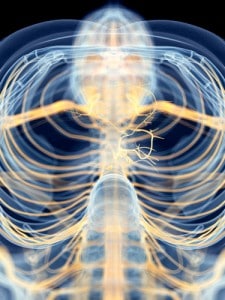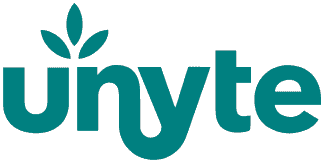
In vagus nerve stimulation, a mild electric pulse is applied to the patient via the vagus nerve. The vagus nerve plays a role in relaying information about the body to the brain. Stimulating the nerve encourages the brain to reorganize itself around damaged areas. VNS is already approved for treating conditions like epilepsy, but this study is the first to demonstrate improvements in stroke survivors.
For the study, 20 patients who experienced arm weakness due to stroke were divided into two groups. One group received rehabilitation therapy. The other group received both rehabilitation therapy and VNS. Both groups attended therapy for six weeks. The researchers tracked their progress using the Fugl-Meyer assessment scale, which measures recovery in stroke patients.
The study found that VNS is a safe and effective treatment for stroke recovery. Patients in the therapy-only group improved by three points on the Fugl-Meyer scale. Patients in the therapy and VNS group improved by nine points. The patients who received VNS also reported greater motion and strength in their affected limbs.
“This study demonstrates that vagus nerve stimulation appears to improve the recovery that stroke patients make. VNS is triggered on successful movements to solidify gains that are made during physical therapy,” stated study co-author Michael Kilgard, professor of neuroscience at UT Dallas.
The research team is already developing trials to continue testing VNS for stroke therapy.
This research is published in the journal Stroke.
Previous news in stroke:



 © 2025 Unyte Health US Inc.
© 2025 Unyte Health US Inc.